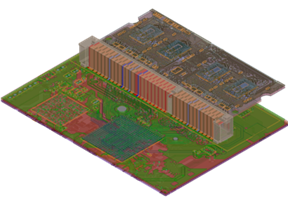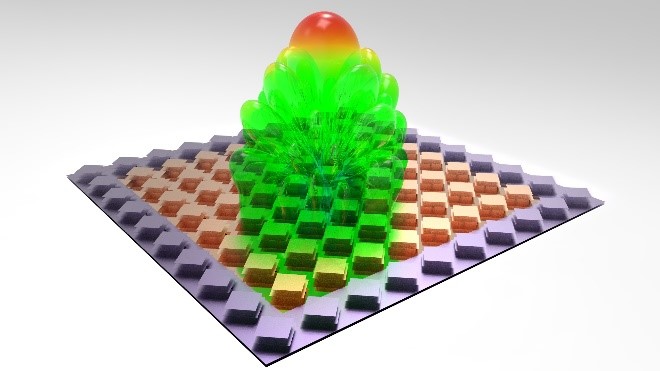The electromagnetism problems upon which we spent many hours laboring away on homework in college has a mathematical formulation originally developed by Maxwell, Lorentz, Gauss, Faraday and others. In their full forms, these formulas are partial differential equations that come in many versions – both differential and integral.
The resulting set of equations are elegant in their form but complex in their usage. Only for the simplest systems are there closed form solutions. But there are a multitude of systems that can potentially be analyzed with Maxwell’s Equations which are beyond the scope of pen and paper. This need to solve the more complex to get the answers, as defined by Maxwell’s Equations, ultimately led to the birth of Computational Electromagnetics, a field in engineering and applied physics in which Ansys has been in the forefront for over three decades.
Since joining the HFSS team in 2001 I personally have benefitted from working with the very engineers and developers that have built HFSS over these decades. By understanding the many challenges they have overcome such as scale and speed I have a deeper knowledge of computational electromagnetics as well as a solid understanding of how to effectively leverage these solutions. And no doubt others would benefit as well from having this deeper background knowledge that I was fortunate to accumulate over the years.
In order to provide this deeper insight to a broader audience, the leading technologists in Computational Electromagnetics at Ansys will publicly discuss the work they’ve done over the years in both breadth and depth. A five-part Electromagnetics Foundation webinar series is launching on March 22nd. Ansys experts will pull back the curtain and reveal what is going on within the EM solvers they’ve developed over the last 30 years. The discussions will go into detail regarding numerical methods (time vs frequency approaches, integral versus differential, etc), analytical methods such as full wave, asymptotic, quasi-static and scattering & bouncing rays (SBR), differences between high and low frequency analysis (from electric motors up to photonic wavelengths), modeling & simulation scalability from micro to macro, the applicability of distributed computing to EM simulation, and numerous application examples.
The webinars are spaced roughly 1-2 weeks apart, and are available for registration here:
Electromagnetics Foundation Webinar Series | Ansys
And here’s the lineup:
Foundations of Computational Electromagnetics
An overview of different approaches used for computational electromagnetics and the trade-offs for choosing the best solution method.
An Overview of the Foundations of HFSS and Maxwell Solver Technologies

Figure 1 – HFSS 3D Layout
A review of the various numerical methods (finite elements, integral equations, etc.) included in HFSS and Maxwell.
The Foundation of Domain Decomposition Technologies in HFSS
A theoretical overview of domain decomposition formulations and dive into how HFSS solvers evolved over the past decade.
Learning Ray Tracing Methods Foundations for Electromagnetics

Figure 2 – 5G Antenna Array
Foundations of shooting and bouncing rays (SBR) as a computational electromagnetic (CEM) methodology.
The Foundation of Computational Optics and Photonics
Covers the basics of ray tracing, surface and volume scattering models, full-wave time and frequency domain electromagnetic solvers for optics, photonics and quantum photonic effects.
This is your chance at a unique opportunity to learn how electromagnetic simulation is done at the very bleeding edge.
Also read:
The Clash Between 5G and Airline Safety
The Hitchhiker’s Guide to HFSS Meshing
The 5G Rollout Safety Controversy
Share this post via:





Comments
There are no comments yet.
You must register or log in to view/post comments.